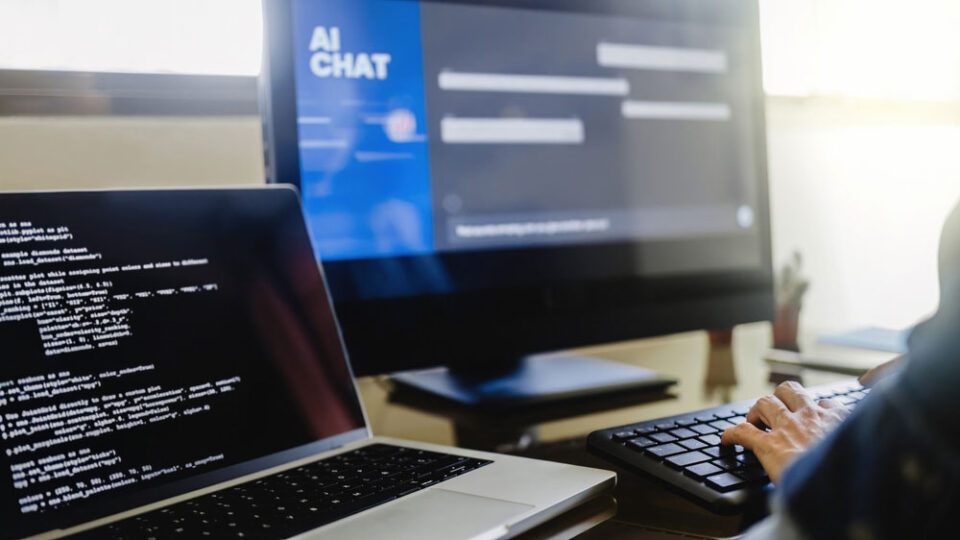Janison resources.
The Fundamentals Of Running Large-Scale Digital Exams
Running large-scale digital exams is complex. With thousands of students and countless moving parts, even small oversights can cascade into major disruptions. In this comprehensive […]
The Fundamentals Of Running Large-Scale Digital Exams
Running large-scale digital exams is complex. With thousands of students and countless moving parts, even small oversights can cascade into major disruptions. In this comprehensive […]
Online exams at scale: how to create a strong operations schedule
The 10 key elements of every successful operations schedule, from experts who deliver some of the world’s biggest exam events.
8 common technical issues students face with online exams & how to solve them
Help your students get through these common technical issues and give them a great experience with their online exams.
Remote proctoring vs invigilators: 20 questions to ask
Discover the most important questions to ask when deciding between remote proctoring or venue-based human invigilation.
4 security risks of proctoring software & how they’re eased
The key security concerns that come along with remote proctoring software, and what institutions can do to mitigate them.
Reviewing remote proctoring violations: a QA framework
Download our free QA framework for reviewing remote proctoring violations, and ensure academic integrity for your assessments.
5 Steps To Successful Remote Online Proctoring Adoption
Remotely online proctored exams are an incredibly cost-effective way to run tests, and allow you to scale and grow your business much more easily. But it […]
How we prevent AI cheating for remote proctoring tests
Janison completely blocks generative AI tools for its remote proctoring tests. We explain exactly how it works.
35 key questions to evaluate an online assessment platform
Thinking of moving to a new online assessment platform? Ask these essential questions to assess its suitability and make the right choice.
The 4 biggest problems with remote proctoring
Remote proctoring is affordable, fast, and provides credible results. But it has its flaws. These are what we consider to be the biggest.
The 5 Biggest Ways AI Can Improve Education
There’s much anxiety about how AI is impacting education, but we believe it has the potential to revolutionise learning for the better. In this eBook, […]
Marking online tests vs paper tests – key differences to know
Learn the biggest differences between marking online tests and marking paper tests, including the process, different question types, and more.















